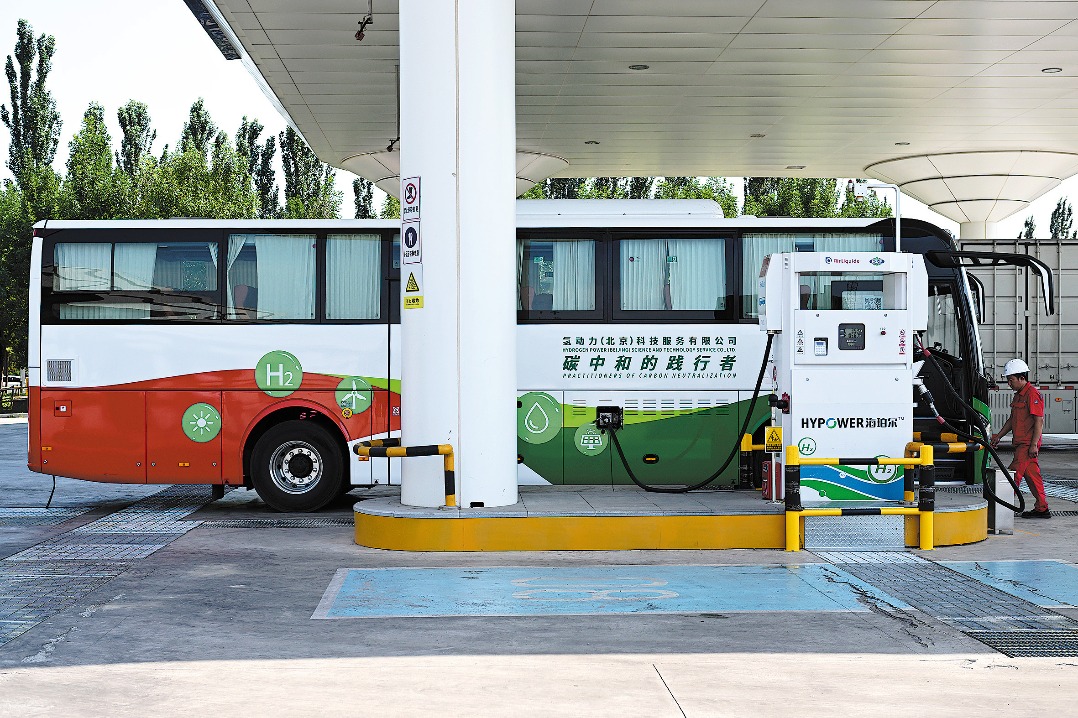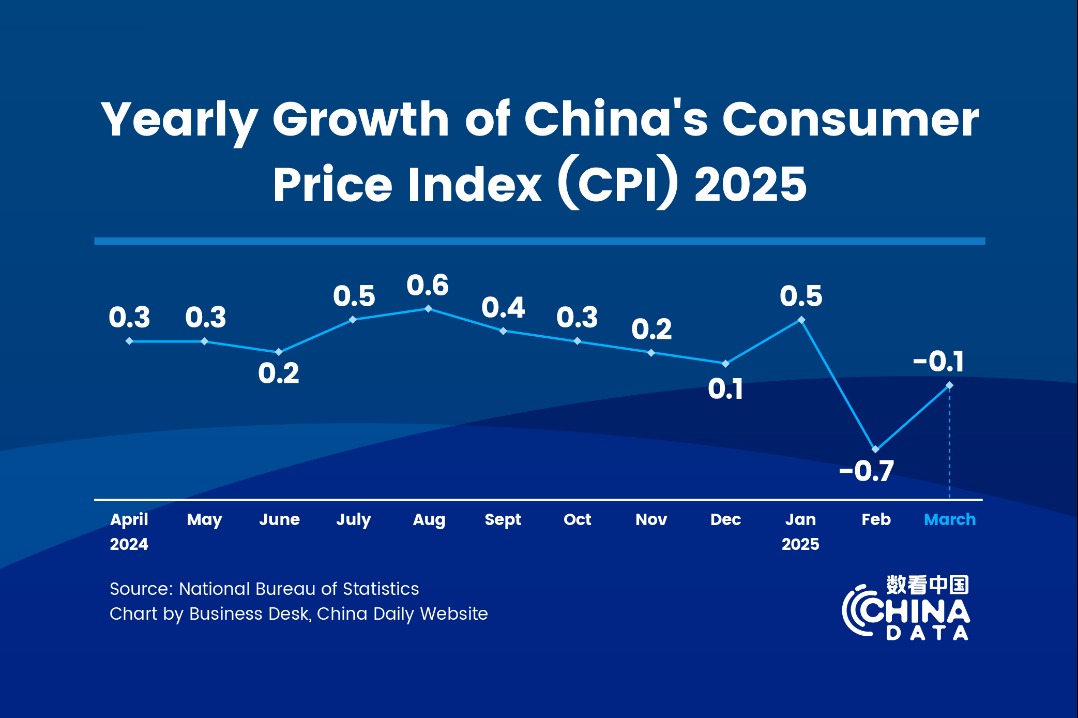Green finance to aid China's low-carbon shift


Increased use of capital to support country's efforts to achieve neutrality goals by 2060
China's resolve to further cut greenhouse gas emissions and realize carbon neutrality will be facilitated by financial markets, experts said.
President Xi Jinping announced in September that China would peak carbon emissions by 2030 and achieve carbon neutrality by 2060.
Yi Gang, governor of the People's Bank of China-the nation's central bank-said at the recent Boao Forum for Asia Annual Conference 2021 in Hainan province that the central bank and other top regulatory bodies will continue to perfect the green finance mechanism from the top down so that more capital will be utilized to support the country's low-carbon transformation.
China's commitment to carbon neutrality will lead to a restructuring of the economy and the financial sector may play a big role in this transition, Zhu Min, a former deputy managing director of the International Monetary Fund, said during the Boao Forum.
A national-level carbon emissions trading system scheduled to be operational by the end of June will address the transition with the help of financial services. The logic of the trading system is quite simple. By setting a cap on the total amount of allowed carbon emissions, the company registered with the trading system needs one unit of carbon emissions quota for each ton of carbon emissions. The company can buy such quotas or trade quotas with other companies.
A dual-city mechanism has been adopted for the carbon trading system. The Shanghai Environment and Energy Exchange is responsible for building the trading system while the China Hubei Emission Exchange in Wuhan, Hubei province, will be in charge of the registration of applications and data collection.
Some 2,225 companies have registered with the Hubei exchange to apply for carbon emissions trading. Trading trials will first be conducted in seven cities and provinces, including Beijing, Shanghai and Guangdong. About 5 percent of the carbon emissions quota of the seven places will be traded when the platform begins operations by the end of June.
The country's volume of traded carbon emissions will reach 200 million metric tons shortly after the platform starts running, said Lai Xiaoming, chairman of the Shanghai Environment and Energy Exchange.
The Ministry of Ecology and Environment released interim rules at the beginning of the year for carbon emissions trading management, which took effect on Feb 1. It was the first time that the country has rolled out regulations of this kind. On March 30, the ministry started to solicit public opinions on the revised version of the interim rules, which have defined the modes of distribution for carbon emissions quotas and quota clearances.
Yan Ming, an analyst at Galaxy Securities, said carbon emissions trading mechanisms are less costly and more sustainable tools are needed to cut greenhouse gas emissions compared to administrative orders and financial subsidies. It is also an important way to achieve the goal of carbon neutrality, Yan said.
Experiences from the European Union, which was the first region to launch carbon emissions trading, have proved the trading system's effectiveness, said Fan Jinlu, an analyst at Ping An Securities. Ever since the trading system went operational in the EU in 2005, the total amount of carbon emissions dropped by 20 percent in 2019 from 2005 figures. The amount of greenhouse gas emissions in the EU's electric power and heating sectors dropped by 25.53 percent between 2008 and 2018, while that from manufacturing and construction contracted by 32.66 percent over the same period.
Meanwhile, clean energy has been more widely used in the EU ever since the adoption of the trading system. The amount of generated wind power jumped to 430 billion kilowatt-hours in 2019, which was five times the amount in 2005. The amount of biomass energy grew sixfold in 2019 over 2005 levels.




































